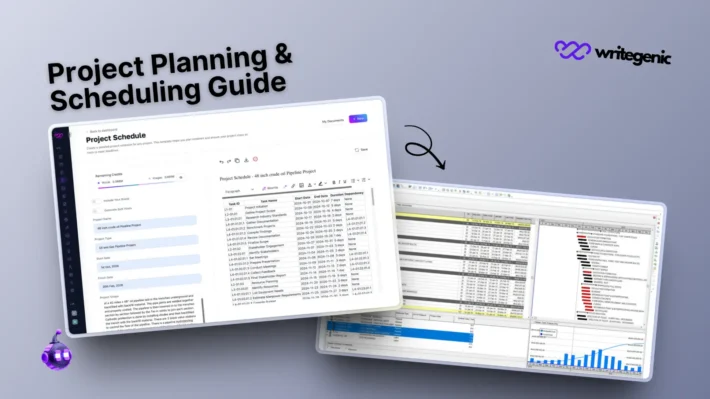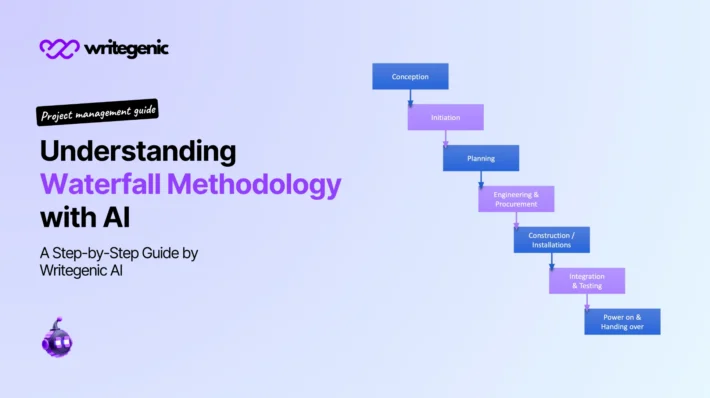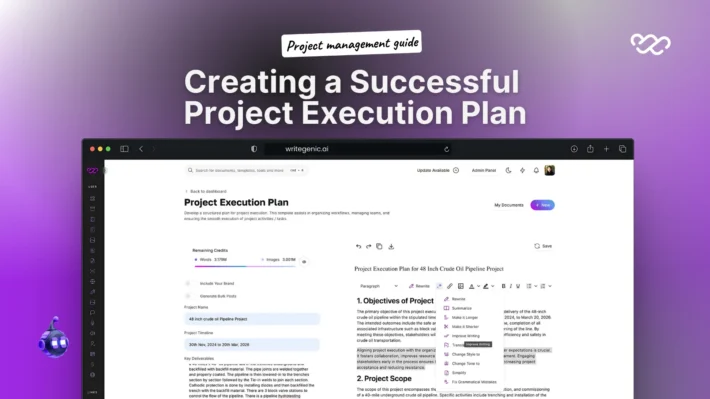Project Closure: Comprehensive Guide for Project Completion

The project closure is the important stage within the project management lifecycle. Although most teams put their efforts on planning and implementing a project, how an operation is closed is actually the indicator of success. A well-organized closure process does not just guarantee the achievement of all deliverables but also draws important lessons of a future project or program.
This guide will cover the process of project closure, the components of writing a project closure report, closing project steps, and the best practices in project closure project management.
Table of Contents
What Is Project Closure?
Project closure is the last stage of a project when all the activities are terminated, the deliverables are transferred and project resources are freed. It is an official procedure which validates that the project has achieved its goals and is functionally finished.
In project management, closure is more than just marking a task “done.” It is an important step that should review project performance, tackle standing matters and reward team effort. The failure to undertake this step may lead to unrewarded problems, negative responsibility, and future errors on any other project.
Why Is Project Closure Important?
An effective project closure gives structure and definition, particularly in bigger or sophisticated projects. This is why it is important:
- Accountability: Accountability makes sure that all activities are accomplished and shared with stakeholders.
- Knowledge Transfer: Records the lessons acquired to enhance future projects.
- Resource Management: Makes available resources (team, tools, and budget) to other projects.
- Client Satisfaction: Provides a formal handover process, which increases client trust.
- Financial Accuracy: Confirms budgets, payments, and contracts.
Steps for Closing the Project
This is how closing the project can be done effectively:
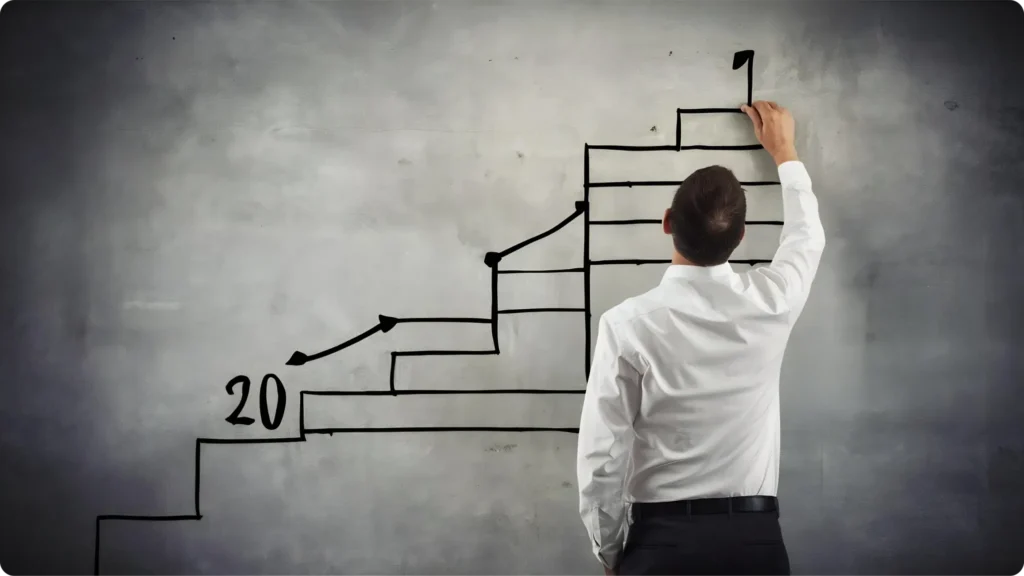
1. Finalize Deliverables
Make sure that every project deliverable is made as per the requirements. Have clients or stakeholders sign off on each deliverable.
2. Get Formal Acceptance
Ensure you get written confirmation of the stakeholders or clients that proves that the project has been satisfactory to their expectations.
3. Close Contracts and Procurement
Pay any outstanding invoices, cancel supplier contracts, and ensure that no outstanding financial obligations remain.
4. Release Project Resources
Transfer team members to other tasks or duties. Inform departments about issued equipment or tools.
5. Complete Project Documentation
Make sure that all the documents concerning the project are systemized and stored on the common place that will be used for future reference.
6. Conduct a Final Review Meeting
Conduct a meeting on closure with stakeholders to discuss project achievements, the successes, and areas of improvement.
Creating a Project Closure Report
Project closure report is a report summarizing the whole life of the project, including the initiative stage to accomplishment. It assists in recording measurements of performance and provides a final review to the stakeholders.
Key Components of a Project Closure Report:
- Project Summary: Short description concerning the project aims and products.
- Achievement Overview: What was achieved or not achieved.
- Performance Metrics: Analysis of time, cost, scope, and quality.
- Lessons Learned: Main things to remember in the next projects.
- Stakeholder Feedback: Overview of responses of clients or stakeholders.
- Recommendations: Recommendations of similar future actions.
You may accelerate this step by using templates or AI-based tools to optimally format the documents.
Creating a Project Closure Doc in Minutes Using Writegenic AI
We have addressed the problem of finishing projects with ease by ridding you of the stress of creating final reports and report documents manually by Writegenic AI that is specifically trained to achieve this task.
You can now create a full, professionally written project closing document in a few minutes. Just type in the details of your project, choose the tone or industry you want to work in, click generate and your personalized closure report is right there at your fingertips. It is quick, precise and magic-like.
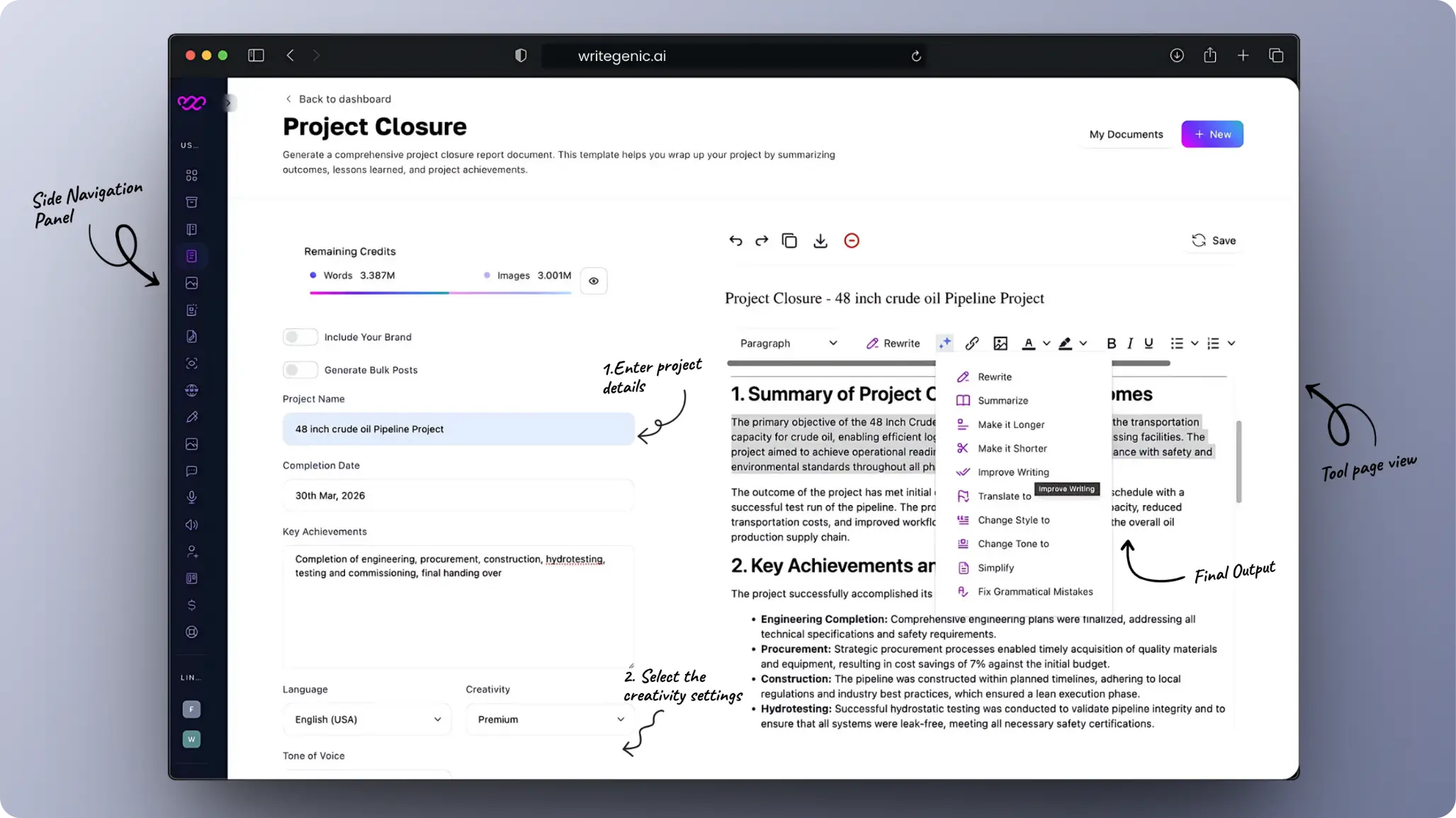
Common Challenges in Project Closure
Even experienced teams face roadblocks in the closure phase. Here are some of the most common issues:
- Incomplete Deliverables: Delay can be caused by overlooked and unfulfilled tasks.
- Delayed Sign-Offs: Delays in sign-offs may cause final documentation.
- Team Disengagement: Presenting them with a closed work allows the team members to lose the eagerness to go through the proper process.
- Lack of Documentation: Lack of documentation or data that is scattered makes reporting hard.
- Unclear Ownership: No one to be tasked to oversee closure operations.
By dealing with them ahead of time, a better transition between execution and completion is secured.
Best Practices for Effective Project Closure
| Best Practice | Description |
| Use a Closure Checklist | Outline every task that needs to be completed before closing the project. |
| Start Early | Begin planning closure activities during the execution phase. |
| Engage Stakeholders | Keep clients and sponsors involved until the last step. |
| Standardize Reports | Use templates to ensure consistent and complete documentation. |
| Celebrate Achievements | Recognize and reward the team for their contribution. |
A well-managed closure phase sets the tone for future project success.
Tools for Project Closure
Several tools can simplify the closure process:
- Asana or Trello: Track closure tasks and team assignments.
- MS Project: Close contracts, review timelines, and generate final reports.
- Google Docs/Sheets: Collaborate on project closure reports.
- AI Document Generators: Speed up writing of reports and feedback summaries.
- Writegenic AI: Generate tailored, professional closure documents fast.
Also, consider using a project closure checklist template to ensure you cover every critical step.
Conclusion
The last and most overlooked in effective project management is proper project closure. It closes gaps, makes success legitimate, and offers useful learning to build on. Once a project closure report is complete and the big office with the big desk is over the project, a systematic approach will reward in performance, professionalism and peace of mind.
Don t just terminate your projects, but rather close them professionally.
FAQs
Why is it important to formally wrap up a project?
Proper closure helps to cover all goals accomplished, free up used resources in the right way and store any lessons learnt to improve any day in the future.
What documents should be finalized at the end of a project?
You are expected to fill in deliverable checklists, approval form, financial summaries, team evaluation, and a final project report that gives summary of outcomes and insights.
How can teams benefit from holding a final review meeting?
It gives the team a chance to look back at what was accomplished and what proved difficult and agree on what it learned and appreciate the contribution of every team member and progress.
When should the final phase of a project begin?
The final phase planning should commence at the execution stage to ensure that tasks such as approvals, documentation and handovers are not hurried or left out.
What are common mistakes teams make during the final phase?
Missing documentation, not getting sign-off with stakeholders, not releasing resources adequately, and not identifying feedback are some of the common errors.
How to plan a project closure using Writegenic AI?
Step 1: Open the template from Writegenic AI’s dashboard under the “AI writer” section.
Step 2: Enter your project details.
Step 3: Select creativity levels, and click “Generate”.
In 3 easy steps, your perfect Project Closure Plan is generated in minutes.
